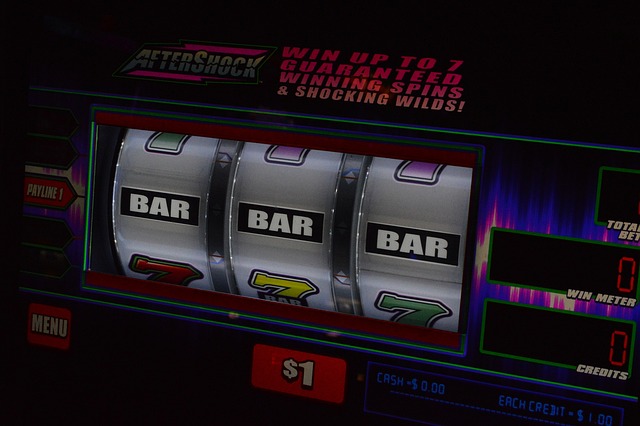Casinos and sportsbooks don’t serve the same lobby to everyone. Personalization engines decide what game, bonus, or bet slip you see first. They run on recommendations, segmentation, and constant A/B testing. Knowing how they work helps players recognize nudges and helps operators measure value.
Recommendations: ranking the lobby
Recommendation models surface titles or markets based on past play, session length, or similar users. They track patterns—“players who liked X also clicked Y”—and reorder the lobby accordingly.
For players, that means you rarely see a “neutral” list. The system is tuned to maximize engagement, not balance. Recognizing this helps you decide whether a new suggestion is real discovery or just an algorithm trying to stretch your session.
Quick rec checklist
- Ask: is this new rec aligned with my budget and style?
- Compare RTP/volatility to your usual picks.
- Log if recs actually improve sessions or just extend time spent.
Segmentation: grouping by behavior

Segmentation buckets players into profiles—new, casual, high-volume, bonus-chaser, risk-averse. Each group gets different offers, limits, and prompts.
For example, casual segments might get free spins, while high-volume players get cashback tiers. Same games, different framing. Segmentation is why one player sees “safe starter bonus” and another sees “high-roller reload.”
Practical signals of your segment
- Frequency of “return” emails or push offers.
- Size and cadence of bonuses offered.
- Which games or bet types dominate your lobby.
Operators use segmentation to balance retention and risk. For players, knowing your segment helps you predict what kind of nudges you’ll see—and whether they suit your goals.
A/B testing: proving what works
A/B tests split players into groups and show different versions of the same element. One group might see a deposit button in red, another in green. Whichever drives more deposits “wins” and becomes default.
Tests run constantly in live systems. You might not know you’re in one. Operators measure click-through, session length, and conversion. Over time, this optimizes the lobby toward engagement metrics, not necessarily fairness or bankroll health.
Tiny comparison table
| Lever | Operator Goal | Player Impact |
|---|---|---|
| Recs | Higher playtime per session | Exposure to more volatility |
| Segments | Tailored retention offers | Personalized but uneven value |
| A/B tests | Optimize UI for conversion | Subtle shifts in behavior |
What players should do with this knowledge

Treat personalization as a spotlight, not a roadmap. The engine highlights options, but your filters—bankroll, volatility tolerance, session goals—decide fit.
Log which recs you act on and their outcomes. If “recommended” games drain faster than your staples, mute that signal. Accept bonuses if they align with your unit size and volume; skip if they push you into higher stakes.
Remember: A/B tests and segmentation aren’t evil. They’re tools. But without awareness, they quietly move your choices. With awareness, you can treat them as offers to evaluate, not commands.
Quick player checklist
- Spot recs: pause before clicking “new for you.”
- Decode segment: match offers against your profile.
- Respect your bankroll plan, not the lobby order.
- Log outcomes of rec-driven sessions separately.
